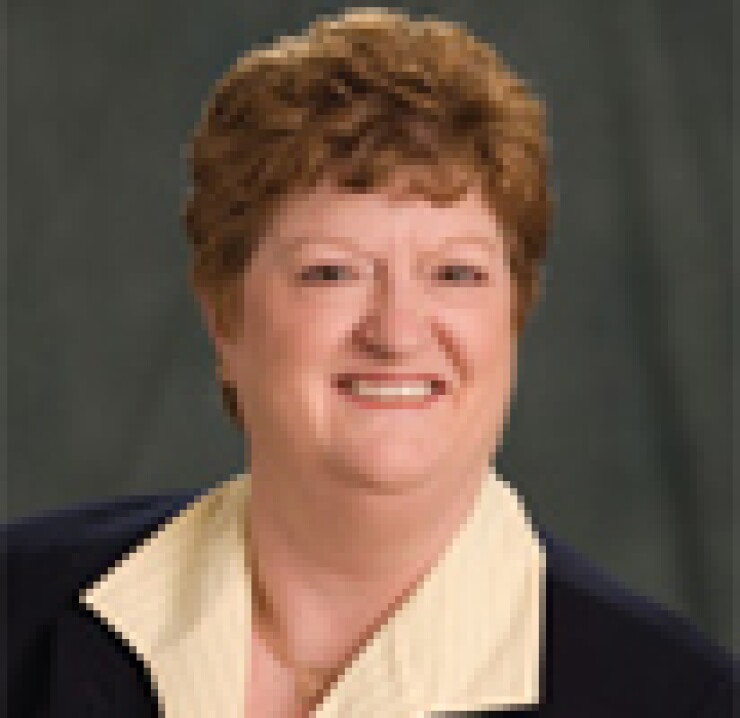

Predictive modeling certainly has advantages. Insurers can use it to streamline the underwriting process so underwriters only review exceptional cases, rather than every single application. Claims departments can use predictive modeling to detect otherwise undetectable patterns of fraud.
Yet, aspects of predictive modeling can be concerning. For example, no one seems to be able to explain the relationship between credit score and the number of claims filed under auto policies, yet there is a relationship between a lower credit score and a higher frequency of auto claims filed. So, hypothetically, my credit score may fall in 2009 because my 401(k) plan has tanked and my employer has cut back on my hours, thus making it difficult for me to pay all of my bills in a timely manner. Though my driving record would remain unblemished (no speeding tickets, no accidents), predictive analytics would cast me into the pool of people most likely to make a claim. I fail to see the relationship between the falling value of my 401(k) plan and my driving, unless, of course, I am driving in tears after having read my latest financial statement.
I am not the only one troubled by the inability to explain this relationship. In its July 2007 report, "Credit-Based Insurance Scores: Impacts on Consumers of Automobile Insurance: A Report to Congress by the Federal Trade Commission," the commission stated that "credit information, specifically credit-based insurance scores, is predictive of the claims made under automobile policies. The report adds, "However, it is not clear what causes scores to be effective predictors of risk."
A TOOL, NOT PANACEA
From a claims perspective, predictive modeling is only one tool in an adjuster's toolkit. It may be useful as a screening tool, enabling claims to be allocated to an adjuster who has a particular skill level, but it is no substitute for investigation. All too often, even when a supervisor is triaging a claim for assignment, the facts presented on the claim's loss notice do not accurately reflect the complexity of the actual loss. The accuracy of predictive modeling depends on which set of facts are incorporated into the database used to develop the model: the initial loss notice facts or the facts as they exist after an adequate investigation. I wonder if anyone is tracking how many of the claims that were assigned to an adjuster based on predictive modeling must be subsequently reassigned because the claim proved to be more complex than initially believed. Of course, the corollary question: Will anyone care?
While nearly all insurers find that the benefits of predictive modeling outweigh its costs, the techniques used to develop predictive models entail inherent disadvantages. A model's potential for inaccuracy is an important consideration for insurers that rely on predictive modeling. Just like a credit score, a predictive model indicates what is likely to occur, not what is certain to occur. Just because a predictive model indicates that a claim may be fraudulent does not mean it is fraudulent; it simply means the claim shares some of the characteristics of similar past claims that have proven to be fraudulent. Regardless of whether the claim is flagged as potentially fraudulent based on predictive modeling, it still must be thoroughly investigated, just like every other claim.
I would caution readers that predictive modeling vendors may sell this tool as a cost-cutting measure that insurers can use to eliminate the basic and thorough investigation that every claim deserves. Using predictive modeling as a shortcut is a bad idea. It is far better to allow claim handlers to use predictive modeling as a tool to assist them in the course of handling the claim. It can help them identify potentially fraudulent claim characteristics that they might not otherwise see. It can help them identify medical treatment that goes beyond the norm. But they still must recognize the underlying variables and investigate further to determine if legitimate explanations exist for potentially fraudulent characteristics that the model has flagged. In short, predictive modeling is not a substitute for solid technical claim-handling skills.
Donna Popow is senior director of knowledge resources and ethics counsel for the American Institute for CPCU/Insurance Institute of America, Malvern, Pa.
Find more about analytics, by searching "Options Abound in Claims" at www.insurancenetworking.com.
(c) 2009 Insurance Networking News and SourceMedia, Inc. All Rights Reserved.





